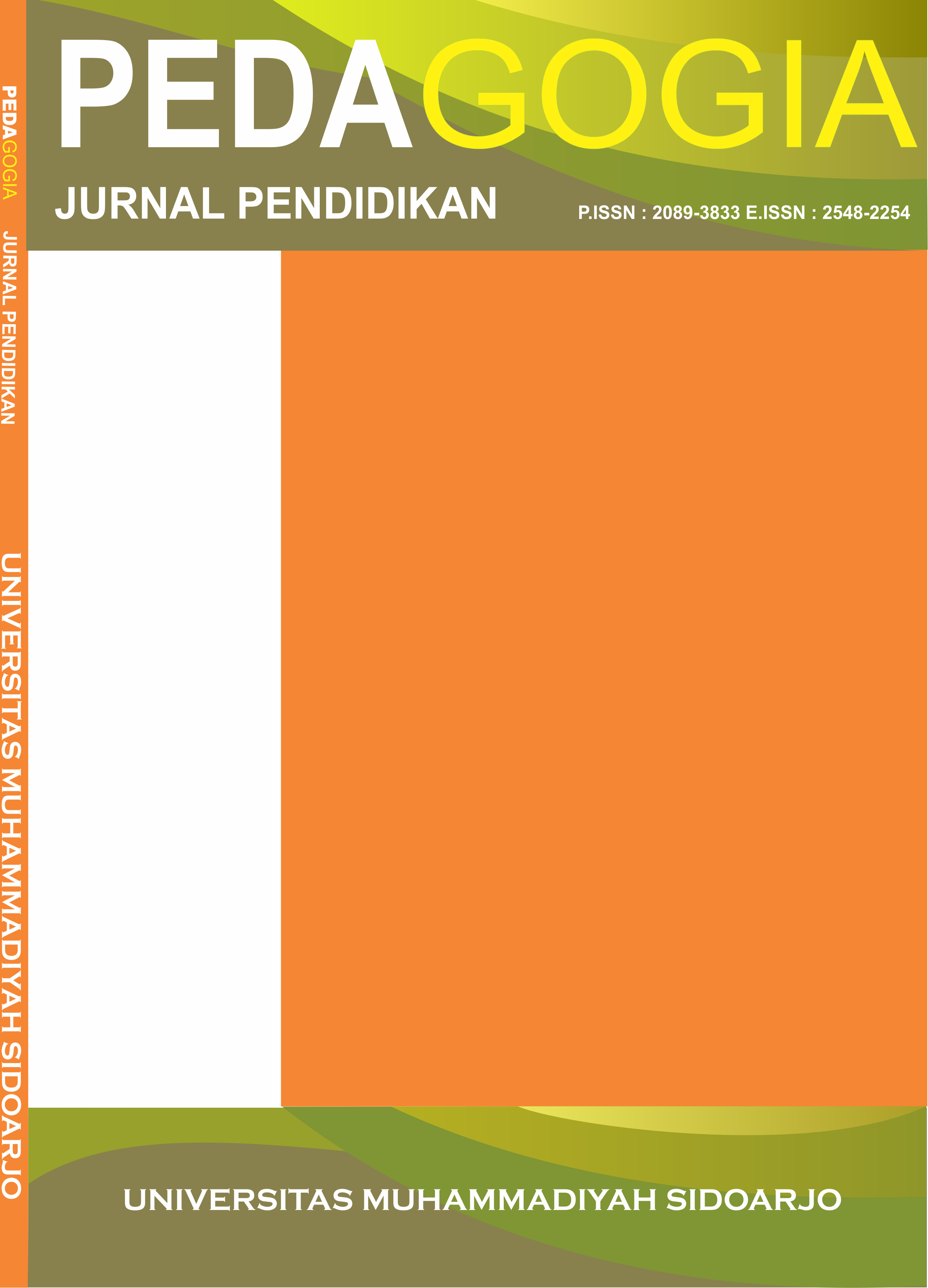Peran Budaya Literasi Pada Peningkatan Karakter Siswa Sekolah Dasar
Role Of Literation Culture On The Improvement Of Elementary School Student Characters
DOI:
https://doi.org/10.21070/pedagogia.v8i1.2032Keywords:
Literacy Culture, Character, Elementary SchoolAbstract
The purpose of this study is to see the effect of the implementation of literacy culture on improving the character of elementary school students. The research method used in this study is quantitative research. The research design used in this study is quasi-experimental design with the design of one group Pretest-Posttest. The sampling technique used in this study was simple random sampling. Data analysis in this study used pair sample t-test with the help of SPSS 25.0. Based on the results of different tests using the Wilcoxon formula shows that the significance value is smaller than 0.05, it can be concluded that there is an influence of the Implementation of Literacy Culture on Improving Character of Elementary School Student.References
Ahmad, S., Kristiawan, M., Tobari, T., and Suhono, S. (2017). Desain Pembelajaran SMA Plus Negeri 2 Banyuasin III Berbasis Karakter Di Era Masyarakat Ekonomi ASEAN. Iqra (Educational Journal) 2
Annisa, I. N. (2017). Implementasi Gerakan Literasi Sekolah (Gls). In Di Sekolah Dasar
Arungbudoyo, W. (2018). Paling Rendah Se-Asia Tenggara (Peringkat Berapa Minat)
Dikdasmen, D. (2016). Panduan Gerakan Literasi di Sekolah Menengah Atas
Faizah, D. U. (2016). Panduan Gerakan Literasi Sekolah di Sekolah Dasar (Jakarta: Direktorat Jenderal Pendidikan Dasar dan Menengah Kementerian Pendidikan dan Kebu- dayaan)
Kristiawan, M. (2015). A Model of Educational Charac- ter in High School Al-Istiqamah Simpang Empat. West Pasaman, West Sumatera. Research Journal of Education 2015, 15–20
O.E.C.D (2013). PISA 2012 results in focus: what 15-year-olds know and what they can do with what they know (Paris: OECD)
Santrock, J. W. (2007). Perkembangan Anak (Jakarta: PT. Erlangga)
Wandasari, Y. (2017). Implementasi Gerakan Literasi Sekolah (Gls) Sebagai)
Downloads
Published
How to Cite
Issue
Section
License
Authors retain copyright and grant the journal right of first publication with the work simultaneously licensed under a Creative Commons Attribution 4.0 International License that allows others to share the work with an acknowledgement of the work's authorship and initial publication in this journal.








